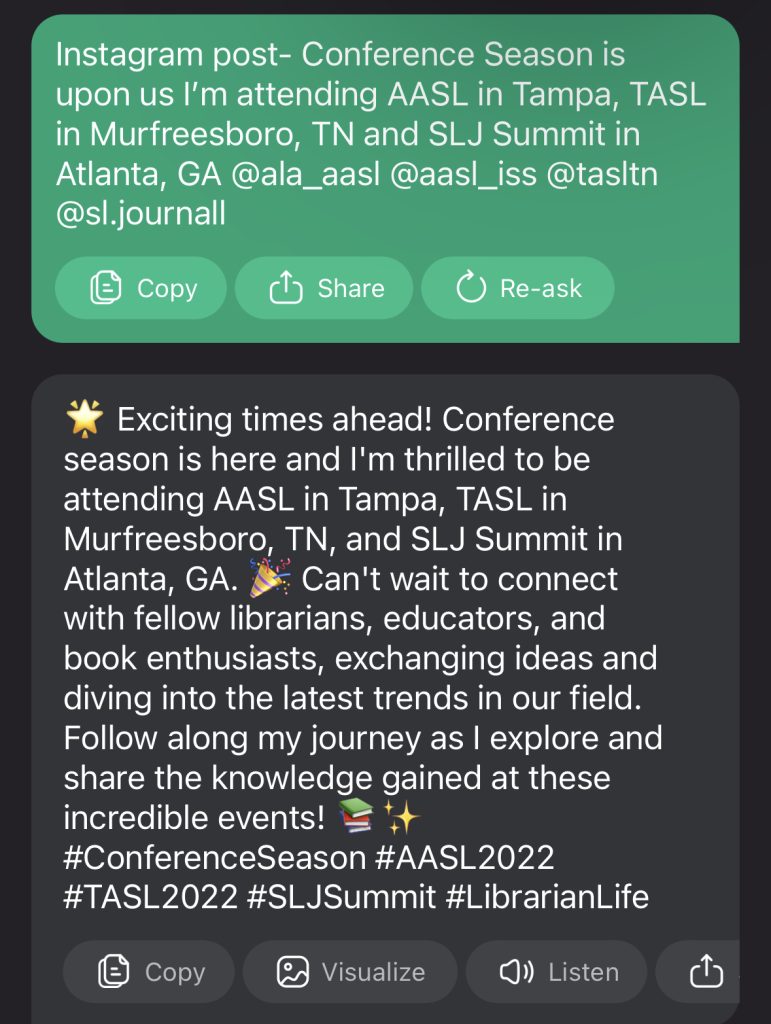Introduction:
The holiday season is upon us, and as we celebrate the festive spirit this year, wearing masks has become an essential safety measure. With schools open, teachers and students can join together to spread cheer while staying protected. In this article, we will explore 20+ fun and festive holiday masks that both teachers and kids can wear during this special season.
1. Candy Cane Stripes – Red and white striped masks instantly bring to mind the delicious taste of candy canes.
2. Snowflakes – A mask adorned with wintry snowflake designs represents the chilly and magical feel of winter.
3. Santa’s Reindeer – Featuring everyone’s favorite red-nosed reindeer, these masks are perfect for embracing the spirit of giving during the holidays.
4. Gingerbread Men – Both kids and teachers will love these adorable gingerbread men prints that add a touch of sweetness to their ensembles.
5. Winter Wonderland – A beautiful assortment of winter woodland creatures makes for a charming design on these festive masks.
6. Santa’s Helper Elves – These mischievous elf-inspired masks keep things fun and lighthearted throughout the holiday season.
7. Menorah & Star of David – Celebrate Hanukkah with captivating designs featuring the menorah, Star of David, and dreidels.
8. Kwanzaa Kinara – Incorporate Kwanzaa symbols such as the kinara, candles, or patterns representing African heritage in a meaningful mask design.
9. Glittering Ornaments – Glamorous ornament designs sparkle on these festive face coverings.
10. Ugly Christmas Sweater Pattern – Embrace the hilarity of traditional “ugly” Christmas sweaters by choosing a mask with similar themes and patterns.
11. Festive Grinch – As an homage to Dr. Seuss’s beloved character, these masks are sure to elicit a chuckle from students and colleagues alike.
12. Frosty the Snowman – Classic winter figures like Frosty bring cheerfulness and warmth to these delightful masks.
13. Nutcracker Ballet – Depict scenes or characters from the enchanting Nutcracker ballet on your stylish holiday protective wear.
14. Glistening Lights – A colorful array of twinkling holiday lights will illuminate any room while remaining safe and festive.
15. Polar Express Train – Take a magical trip with symbolic trains inspired by the heartwarming story of The Polar Express.
16. Christmas Trees – Wear a mask adorned with varying styles of trees, demonstrating your love for this classic holiday decoration.
17. Penguins in Winter Wear – Add some cuteness to your ensemble with colorful masks featuring adorable penguins dressed for chilly weather.
18. Peppermint Mosaic – Be inspired by the sweet sights of peppermints arranged in festive mosaic patterns on your protective wear.
19. Poinsettias & Holly Berries – The vibrant colors of poinsettias and holly berries exude elegance and grace during this holiday season.
20. Cozy Winter Scarves & Hats – Evoke that sense of coziness and warmth with depictions of winter scarves and hats on your stylish mask.
21. Angelic Choirs – Symbolize peace, harmony, and the angelic spirit of the holidays with these divine mask designs.
Conclusion:
Though this holiday season might look different from years past, wearing fun and festive masks can help teachers and kids brighten their days while staying safe. These 20+ holiday mask designs provide a variety of options for celebrating the season in style.











